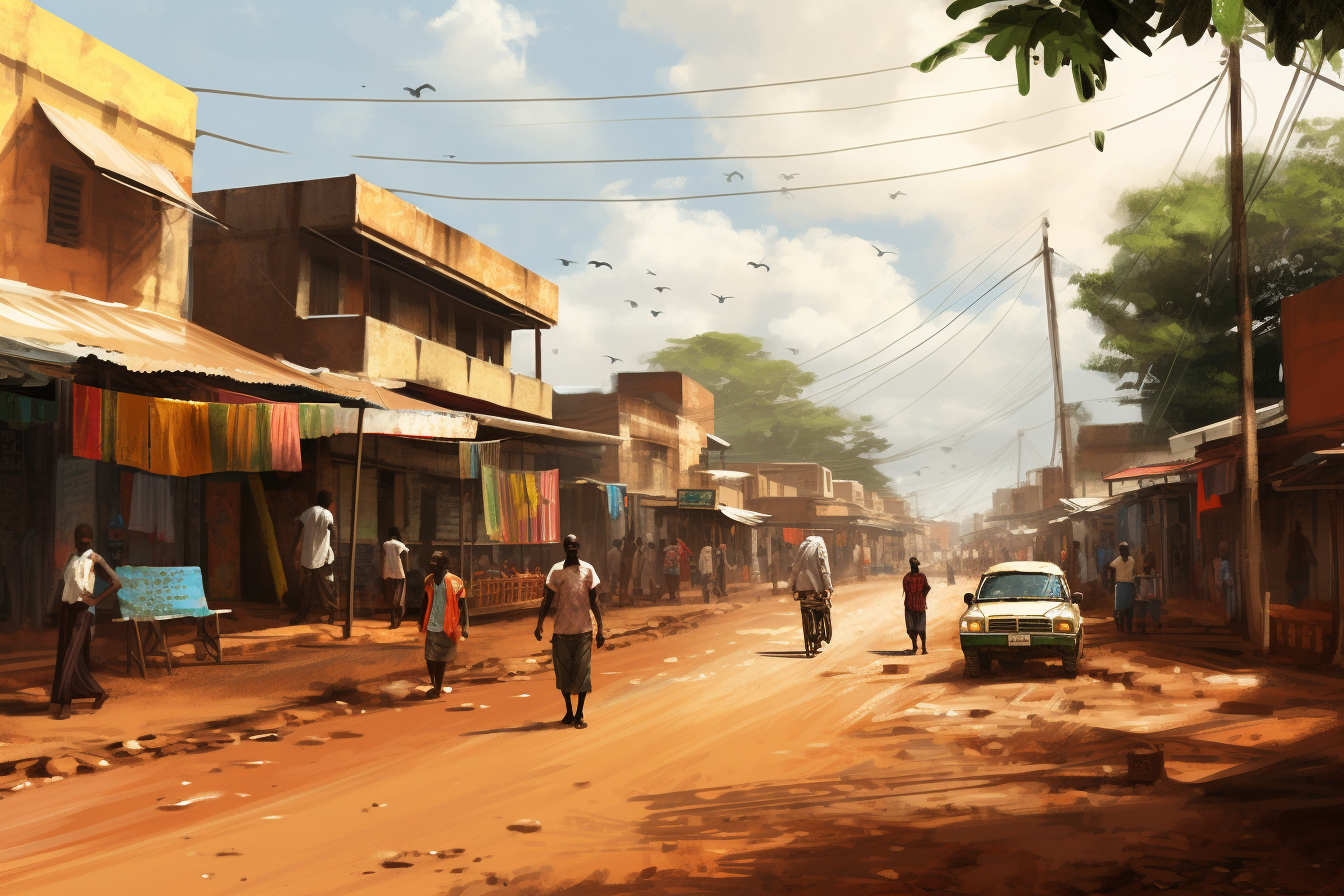A Timeline of Central African Republic
A broad timeline of Central African Republic

Pre-Bantu Migrations (Before 500 AD)
The region that would become the Central African Republic was initially inhabited by Pygmy peoples. These early inhabitants lived primarily as hunter-gatherers, with limited agricultural activities.
Bantu Migrations and Early Kingdoms (500 AD - 1500 AD)
Bantu-speaking peoples began to migrate into the area, bringing with them ironworking skills and new agricultural techniques. Various communities and chiefdoms emerged, including those of the Gbaya, Banda, and Zande ethnic groups.
Inter-Ethnic Relations and Trade Networks (1500 AD - 1800 AD)
The different ethnic groups—Gbaya, Banda, Zande, Sara, Fula, and Mandjia—interacted through trade, conflict, and alliances. Each had its own form of social and political organization, ranging from centralized kingdoms to loose confederations of chiefdoms.
European Exploration and Slave Trade (16th Century - 19th Century)
The European arrival in the 16th century marked a complex interplay between European traders and Central African communities. Various groups, including the Baya, Banda, and Zande, engaged in capturing and trading slaves, often from rival communities.
Rise of African Slave Traders (16th Century - 18th Century)
The slave trade became a lucrative business, with African rulers and merchants exchanging slaves for European goods such as firearms, textiles, and alcohol. This period saw a complex web of alliances and betrayals among Central African communities, influenced by the economic incentives of the slave trade.
Introduction of Firearms and Escalation of Conflicts (17th Century - 19th Century)
The introduction of firearms by Europeans escalated internal conflicts and facilitated the capture of slaves. Some groups gained significant power and wealth through their involvement in the slave trade, often at the expense of rival communities who were captured and sold.
Long-term Impact and Social Fragmentation (19th Century)
The legacy of the slave trade had a lasting impact, leading to social fragmentation and laying the groundwork for future conflicts in the region. The era was marked by power struggles and deep social changes that would shape the Central African Republic for years to come.
French Colonisation (1889 AD - 1960 AD)
The Berlin Conference of 1884-85 led to the French laying claim to the territory. The indigenous peoples, particularly the Gbaya, resisted French rule, leading to conflicts and eventual subjugation.
Independence and Modern Era (1960 - Present)
The Central African Republic gained independence from France in 1960. The post-independence period has been marked by political instability, with various ethnic groups vying for power and influence.





